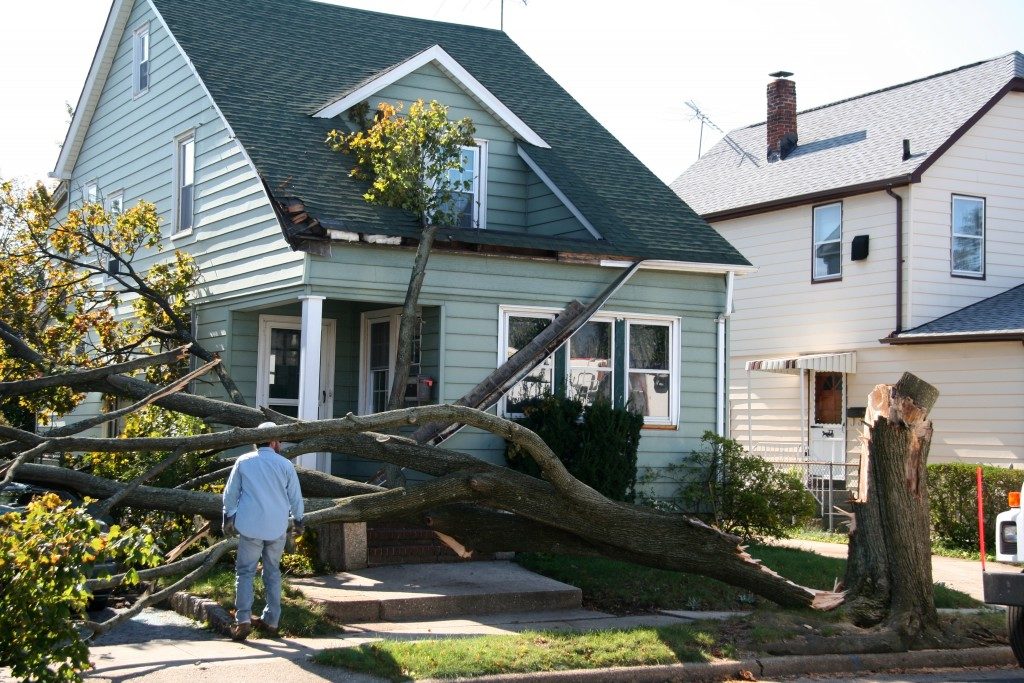For those living in storm-prone areas, storm-proofing may already be pretty routine by now. However, some specific steps and precautions are often overlooked and could result in damages to your property. That said, we’ll be taking a look at specific hurricane-proofing steps that every homeowner should always remember to take:
Reviewing and Updating Evacuation Plans
Devising an evacuation plan is one of the most basic steps included in a storm-proofing routine, serving as a Plan B in case there’s a need to leave your house despite taking all the necessary precautions in making it hurricane-proof. However, homeowners tend to forget to review and update their evacuation plans each year regularly. There may be changes in routes, accessibility of evacuation locations (due to developments in the area), and new storm shelters. It’s also just as essential to check and update your storm kit — check if any emergency medication and rations aren’t expired, and test out the batteries and flashlights and make sure they’re still working. Lastly, if you’ve recently adopted a pet, make sure to include them in your updated evacuation plan as well.
Securing All Outdoor Furniture
Before the storm arrives, you should dismantle and store patio umbrellas and tents, and take in all other pieces of furniture that can potentially be blown away by strong winds and could cause structural damage to your home or even injuries. For large and heavy outdoor furniture such as wrought iron tables, and those bulky old-fashioned benches, if you’re not able to move them or find a place to store them, make sure to nail them down and use straps in order to secure them – if a hurricane can blow away a car, it can blow away your unsecured heavy iron furniture.
Minding the Trees
During a hurricane, branches can snap off, fall, and damage anything it lands on. However, stronger winds can result in the tree toppling over. That said, if you have trees on your property, it’s best to have branches pruned to minimize the risk of them breaking and falling on your property. Although you can do it yourself, it’s a lot safer to have a tree expert do it instead. There are tree experts in Utah County that offer tree disease treatment services on top of pruning and can diagnose and treat tree disease such as root rot that can significantly increase the risk of trees toppling down onto your property (or structure) during a hurricane.
Getting a Hurricane Insurance Policy
An often-overlooked yet very essential step to take to “protect” your home from an incoming hurricane is reviewing your home’s insurance coverage. Be aware that not all home insurance plans cover hurricane damage, and not having a hurricane insurance policy in your coverage would mean that you’d have to cover all (if not most) of the repairs needed due to hurricane damage. In lieu of this, you should make a thorough inventory of your house and all your personal belongings — basically everything you’d want to be covered by your insurance.
Backup Communication Device

It’s possible to lose not only power, but also network coverage and functionality during and after a hurricane — either due to damage to telecommunication infrastructure, interference, or network overload caused by a high volume of calls coming in and out the area. It’s also possible for landlines to stop working due to network overload as well. A two-way radio can be a reliable backup emergency communication device and are usually designed for emergencies such as this. Just make sure that everyone in the family knows how to operate it.
Conclusion
When it comes to hurricanes, being over-prepared is a lot better than just sticking to the essentials. Don’t make the same mistake as other homeowners and take note of these storm-proofing and prepping steps to give you and your home a better chance of getting through the storm unscathed.







